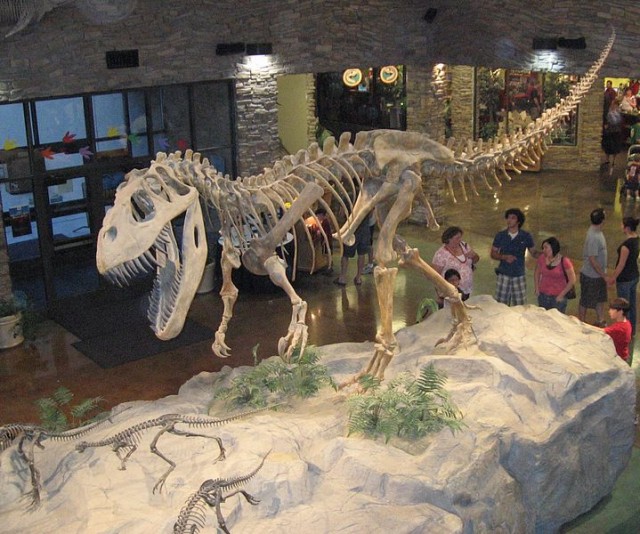Large dinosaur from Portugal may have been top European predator
Ars Technica » Scientific Method 2014-03-06

Say hello to Torvosaurus gurneyi, a newly discovered theropod dinosaur that lived in Europe around 157 million to 145 million years ago. It is potentially the largest land predator discovered in Europe and one of the largest carnivorous dinosaurs from the late Jurassic period. The identification of this new species plays an important role in developing our understanding of how different dinosaurs were distributed across the globe, and it gives us a picture of the ecology of large European predators at the time.
Similar in appearance to the North American species Torvosaurus tanneri, the remains found in Portugal were initially regarded as near-identical to them. But closer scrutiny and a greater knowledge of the anatomy of theropod dinosaurs has led to several key features being identified in the new species.
Key differences
Although the remains assigned to T. gurneyi are quite fragmentary—usually not enough to confidently announce an entirely new species—the cheekbones of theropods have a strong track record of identifying new species. In this regard, T. gurneyi has three features that distinguish it from its sister, T. tanneri. While these features have been classified as sufficient to distinguish a new species, it's likely that there will be a few eyebrows raised from other palaeontologists about the strength of this diagnosis.
Read 10 remaining paragraphs | Comments